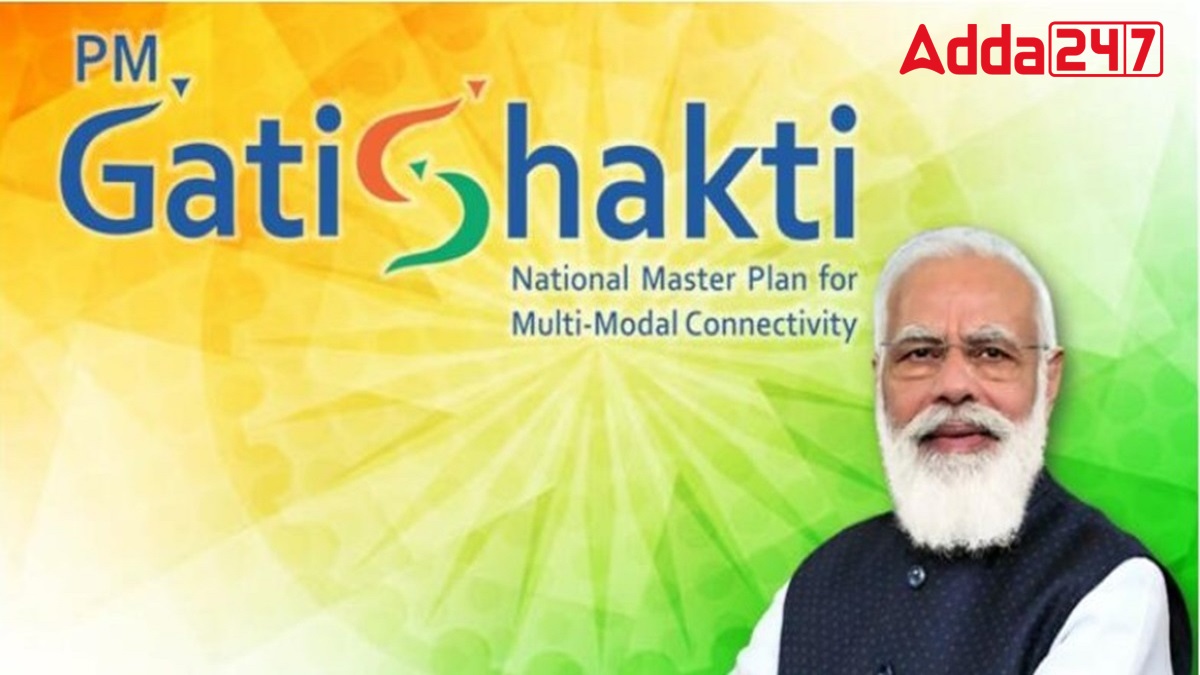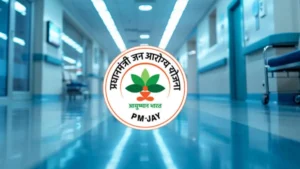The PM GatiShakti National Master Plan, launched on October 13, 2021, by Prime Minister Narendra Modi, marks three years of transformative achievements in India’s infrastructure landscape. The initiative has significantly improved project execution by integrating data from over 44 central ministries and 36 states and union territories, leading to reduced logistics costs and enhanced service delivery. As of now, over 200 major infrastructure projects have been assessed, focusing on multimodal connectivity and efficient resource allocation.
Social Sector Impact
The PM GatiShakti initiative has extended its influence into the social sector, identifying gaps in essential services such as healthcare and education. This ensures that even underserved areas benefit from infrastructure development. Each of the 36 states and union territories has developed State Master Plans, aligning with the national framework to streamline capital investments.
Logistics Performance Improvement
The initiative has positively impacted India’s logistics performance, evident from the World Bank’s Logistics Performance Index, where India improved its ranking from 44th in 2018 to 38th in 2023. This enhancement reflects better planning and execution of critical infrastructure projects, aligning with the National Logistics Policy.
Capacity Building and Training
To support this ambitious initiative, significant strides in capacity building have been made. The DPIIT has trained over 20,000 officials through workshops and courses available on the iGoT platform. This effort ensures that officials are well-equipped to leverage the PM GatiShakti framework for effective project implementation.
Future Directions
Looking ahead, the government is exploring options to provide access to non-sensitive data for non-government users, fostering greater transparency in infrastructure planning. With its emphasis on data-driven, sustainable development, the PM GatiShakti National Master Plan remains a cornerstone for India’s vision of Atmanirbhar Bharat and future infrastructure growth.
PM GatiShakti National Master Plan: Key Points
Launch and Purpose: Launched on October 13, 2021, by Prime Minister Narendra Modi, the plan aims to transform India’s infrastructure by improving project planning and execution.
Data Integration: Integrates data from over 44 central ministries and 36 states and union territories, facilitating better coordination and project execution.
Major Assessments: More than 200 significant infrastructure projects assessed, focusing on multimodal connectivity and efficient resource allocation.
Social Sector Focus: Identifies gaps in essential services like healthcare and education, ensuring infrastructure development reaches underserved areas.
Logistics Improvement: Improved India’s rank in the World Bank’s Logistics Performance Index from 44th in 2018 to 38th in 2023, reflecting enhanced logistics efficiency.
State Master Plans: All 36 states and union territories have developed their own State Master Plans aligned with the national framework to streamline investments.
Capacity Building: Over 20,000 officials trained through workshops and courses on the PM GatiShakti framework to enhance project implementation capabilities.
Future Access to Data: Plans to provide access to non-sensitive data for non-government users to promote transparency and informed planning.
Sustainability Goals: Promotes green infrastructure and sustainable logistics solutions, contributing to India’s Net Zero commitment by 2070.
PM GatiShakti National Master Plan: Transforming India’s Infrastructure
| Key Point | Details |
|---|---|
| Launch and Purpose | Launched on October 13, 2021, by PM Modi, aiming to revolutionize India’s infrastructure by improving project planning and execution. |
| Data Integration | Integrates data from 44 central ministries and 36 states and union territories, improving coordination and execution. |
| Major Assessments | Over 200 infrastructure projects assessed, focusing on multimodal connectivity and efficient resource allocation. |
| Social Sector Focus | Addresses gaps in essential services like healthcare and education, ensuring infrastructure development in underserved areas. |
| Logistics Improvement | India’s ranking in the World Bank’s Logistics Performance Index improved from 44th in 2018 to 38th in 2023. |
| State Master Plans | All 36 states and union territories developed State Master Plans, aligning them with the national framework to streamline investments. |
| Capacity Building | Over 20,000 officials trained to effectively implement the PM GatiShakti framework through workshops and courses. |
| Future Access to Data | Plans to make non-sensitive data accessible to non-government users to foster transparency and informed planning. |
| Sustainability Goals | Focus on green infrastructure and sustainable logistics solutions, contributing to India’s Net Zero goal by 2070. |




 Pradhan Mantri Matru Vandana Yojana Comp...
Pradhan Mantri Matru Vandana Yojana Comp...
 Govt Launches Market Access Support Sche...
Govt Launches Market Access Support Sche...
 Ayushman Bharat Expansion and Digital He...
Ayushman Bharat Expansion and Digital He...







